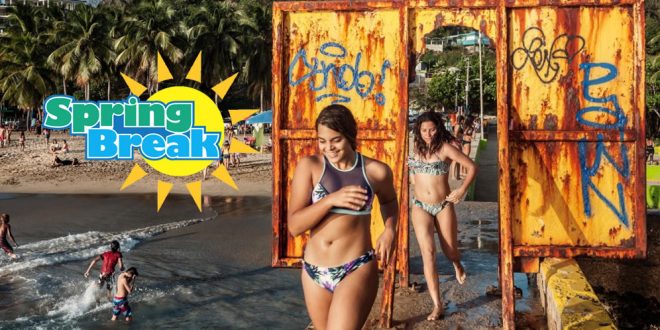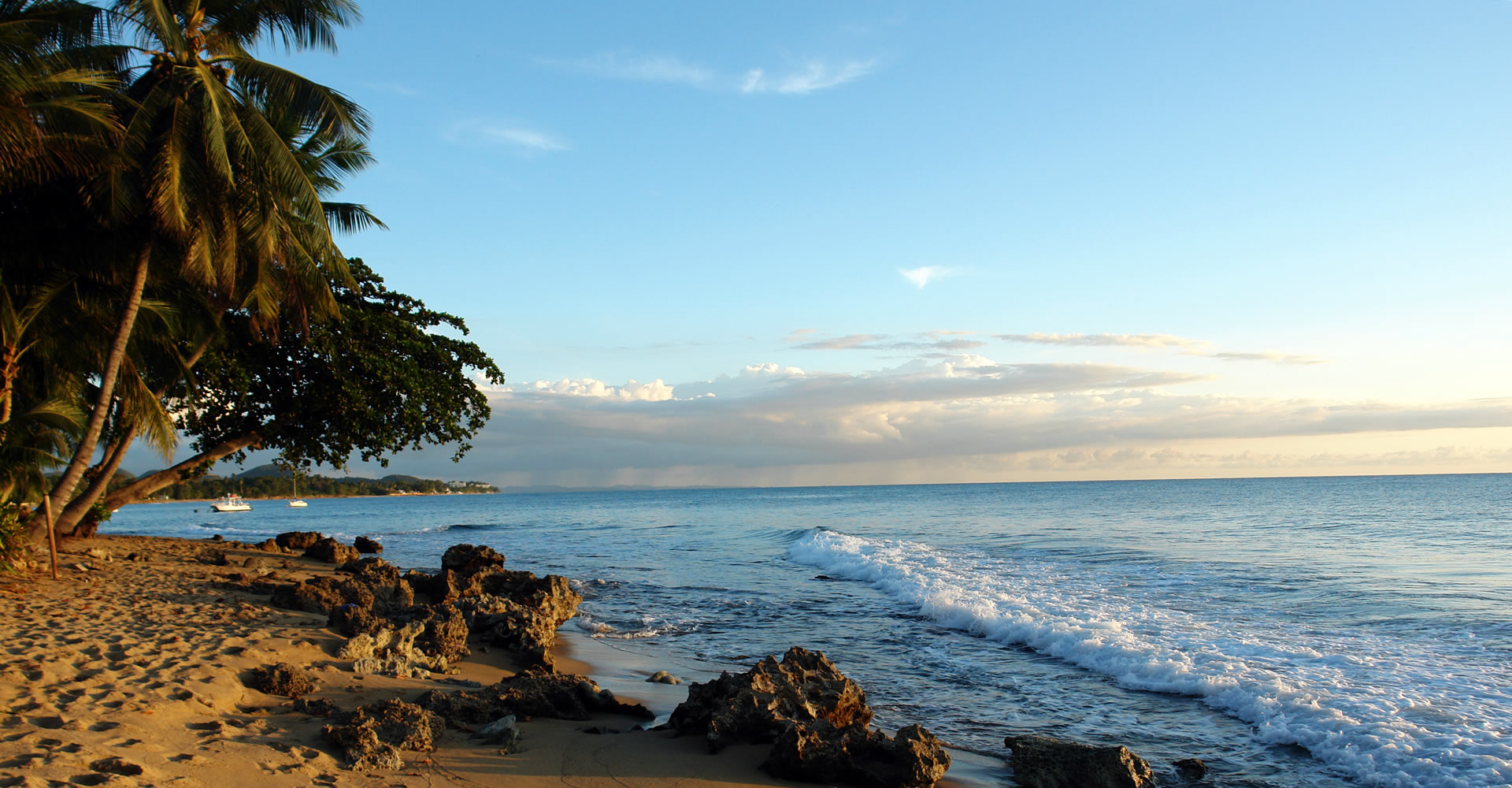Why Go to Puerto Rico
Determining Puerto Rico’s charm is a no-brainer. Less than a 2.5-hour flight from Miami, this island is a U.S. territory (in case you didn’t recall from high school history class). So when you’re shopping in San Juan, you can pay for your souvenirs with American bills. But don’t be mistaken: This isn’t quite a home away from home. Puerto Rico has both 20-foot waves for surfers and calm, clear waters for families. It’s a stroll back through time (El Morro) and an up-close look at the contemporary (Calle del Cristo). It’s an exhilarating mix of landscapes, from the serpentine jungle of El Yunque to the corkscrew caves of Parque de las Cavernas del Río Camuy. And if you want to get away from civilization entirely, you can ferry over to the secluded — not to mention jaw-droppingly gorgeous — islands of Vieques and Culebra. Convinced?
Better Idea: Spend your spring break in Puerto Rico, it's a beautiful place with amazing people. They could really use the economic support that the government has failed to provide. #SpringBreak2018 #SBinPurtoRico #itsspelled PUERTO RICO
— David Hogg (@davidhogg111) February 24, 2018
If not, we can drive a few further points home. When other Caribbean isles put a premium on wintertime at the beach, Puerto Rico offers year-round affordable packages so travelers can relax along its blanched sands. And while other regional spots like to advertise exciting nightlife, the capital city of San Juan actually delivers. Follow a pulsating beat to the dance clubs in the Santurce neighborhood, catch some live music in a Ponce lounge or grab a casual drink at a San Sebastián bar.
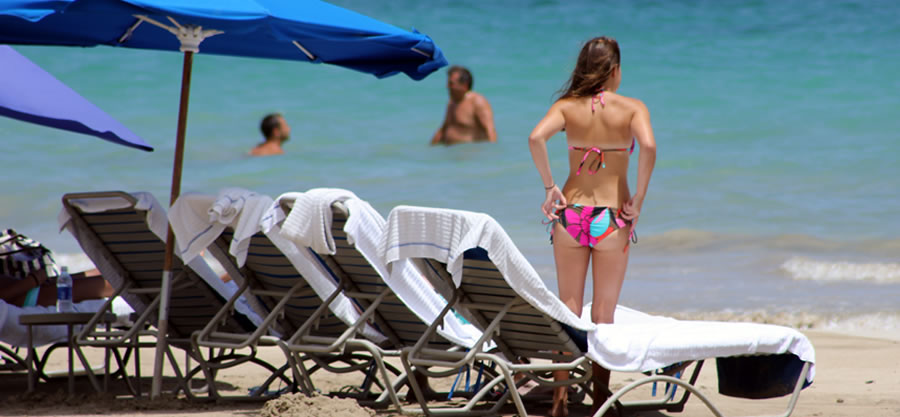
Best Things To Do in Puerto Rico
Puerto Rico’s attractions range from the adventurous (Laguna Grande: Puerto Rico’s Other Bioluminescent Bay) to the historic (like the 500-year old walls of the El Morro fort). And there are plenty of options between the two extremes. Beach lovers must visit the western beaches of Rincón for sunbathing and surfing; snorkelers are bound to enjoy Vieques’ bioluminescent Mosquito Bay. And if you’re the kind of traveler who parties heartily, you’ll discover a varied but vibrant nightlife in San Juan.
Best Times to Visit
The best time to visit Puerto Rico is in SPRING BREAK!!! Spring weather is also very pleasant, barely escaping the mid-80s on most days. The island sees its best weather in winter — which is partly why this is the most crowded and expensive time to visit — but with careful planning you might uncover a pretty good discount during those months as well. You could also plan an enjoyable and affordable trip for the fall, when hotels can be as cheap as $80 a night.
http://www.adventuresinpuertorico.com/wp-
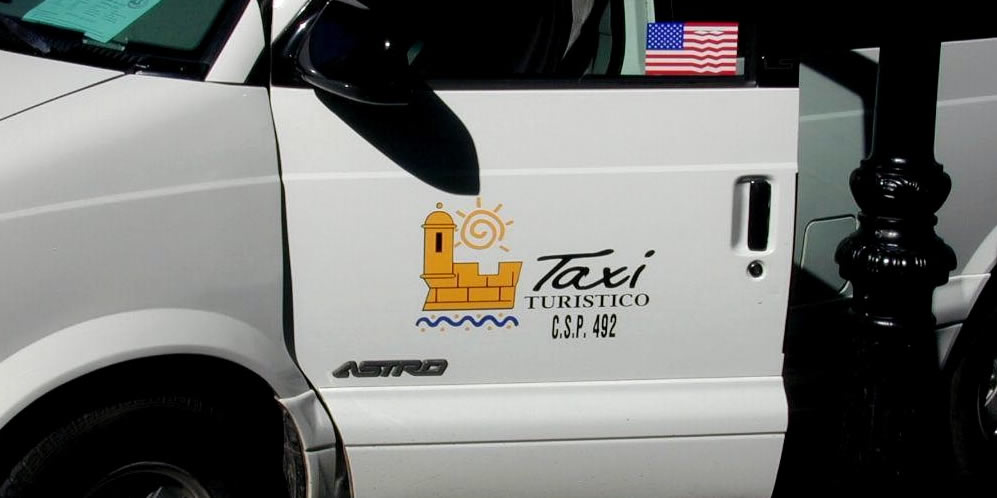
Getting Around
The best way to get around Puerto Rico largely depends on where you’re staying. In San Juan, you can try the combination of walking and taking the bus; on other parts of the island, a car will be your best bet. Unfortunately, driving is a courageous pursuit carried out on snaking roads, and you’ll need to carry spare change for the occasional toll. To rent a vehicle, first check the rates at Luis Muñoz Marín International Airport (SJU). You also have the option of a taxi, but keep in mind that only the white “turístico” taxis will definitely charge fixed rates.
Puerto Rico has smaller airports: Mercedita Airport (PSE) on the southern coast and Rafael Hernández Airport (BQN) on the western coast. Check the flight schedule for airlines like JetBlue and Delta to fly into either of those hubs.
Taxi – White tourist taxis with “turístico” logos congregate around the cruise ports of San Juan and have fixed rates between $10 and $20 for one-way trips to that area’s sites. The other cabs around town are technically metered, but you might have a struggle getting the driver to agree to turn it on. You can flag these taxis off the street or arrange to have your hotel call one for you.
On Foot – In Old San Juan, there’s no better way to explore the forts and streets than on your own two feet. Walking will be more of a problem if you want to get to and from the resort areas; depending on the time of day, you can use the city bus.
Bus – San Juan is serviced by Autoridad Metropolitana de Autobuses, which runs extensive routes throughout town and to the beaches. Rates are set and the schedules are consistent. Fares are 75 cents one-way, and you’ll need exact change. AMA buses usually run from about 6 a.m. until 9 p.m (depending on the route). Lines M1, ME, T5, 21, C53 and T53 all orginate in Old San Juan and travel to various parts of the island. Routes C53, T53 and 21 makes stops in Condado, while T5 and C53 makes stops in Isla Verde.
Car – If you’re staying in compact San Juan then you won’t need a car. And those seeking a quiet vacation along the beaches of Rincón, Vieques or Culebra might find one more of a nuisance than a necessity. You will need a car, however, if you want to branch out and explore. Before you book the rental, consider these three points. One: The drivers here are known for their devil-may-care maneuvering, which is probably a byproduct of the twisty, narrow roads. Two: You’ll find parking is a creative process; or in other words, it’s practically non-existent and so drivers tend to “make” parking spots out of any random space along a roadside. Three: There are tolls along many highways. Still interested? If so, you can rent a car at the airports or at several agencies splattered across the island.
Ferry – Currently, passenger ferries are operating with limited capacity from the main island to Vieques or Culebra. While the service may pick up again at some point in the near future, consider alternative transportation for reliability.
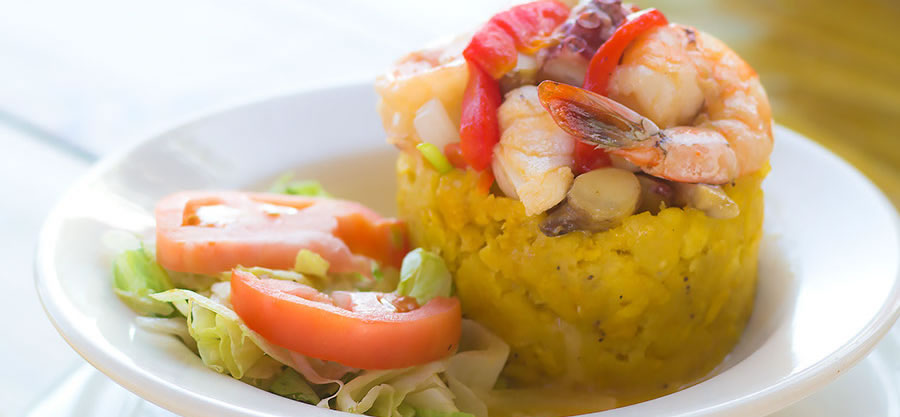
What to Eat
Dining in Puerto Rico reflects the island’s mixture of Caribbean, Latin, North American and indigenous Taíno influences. If you want to try something new, head to a fonda, or storefront eatery, along San Juan’s Plaza del Mercado. South Fortaleza Street, or Calle Fortaleza — or even SoFo for short — is another dining hub with some of the newest bars and restaurants. The food on San Juan’s SoFo is good at any time, but it’s a special treat to try some during SoFo Culinary Week in June. That’s when Calle Fortaleza is barricaded to car traffic and transformed into an outdoor tasting plaza that’s popular with tourists and residents alike. If you’re staying in the northeast, you can expect a quieter dining experience along Luquillo or Fajardo beaches. The atmosphere and clientele is more subdued, and the affordable food exceeds expectations.
No matter where you dine, make sure you get a taste of some of Puerto Rico’s most authentic eats: asopao is a traditional stew often made with chicken or beef; mofongo consists of seafood, meat or vegetables atop mashed plantains; and lechón is smokey, roasted suckling pig.
Thanks to the USNews – Travel for this article.
 AdventuresInPuertoRico.com A guide to the best tours, kayaking, snorkeling , ziplining, hiking, biking, excursions and parks in the most beautiful island in the Caribbean, Puerto Rico.
AdventuresInPuertoRico.com A guide to the best tours, kayaking, snorkeling , ziplining, hiking, biking, excursions and parks in the most beautiful island in the Caribbean, Puerto Rico.
